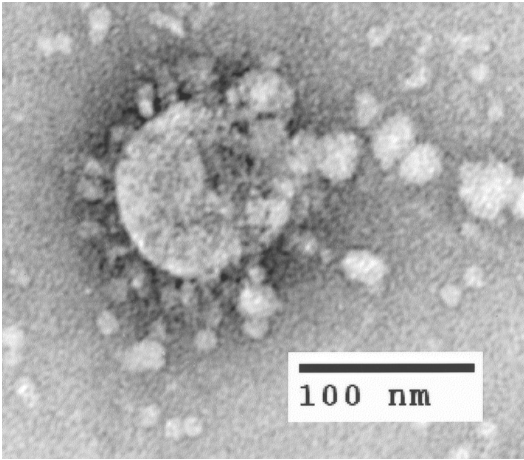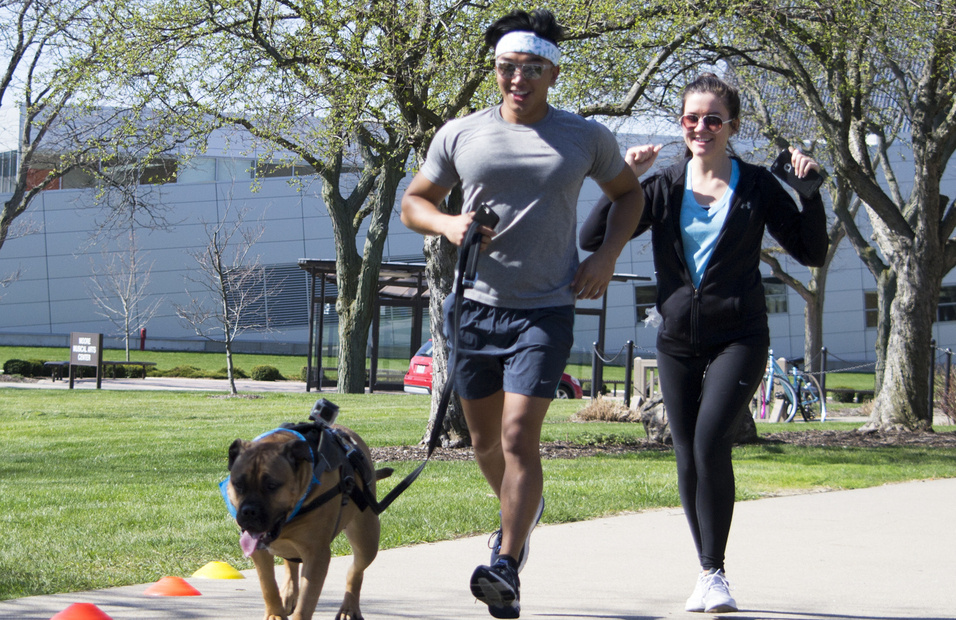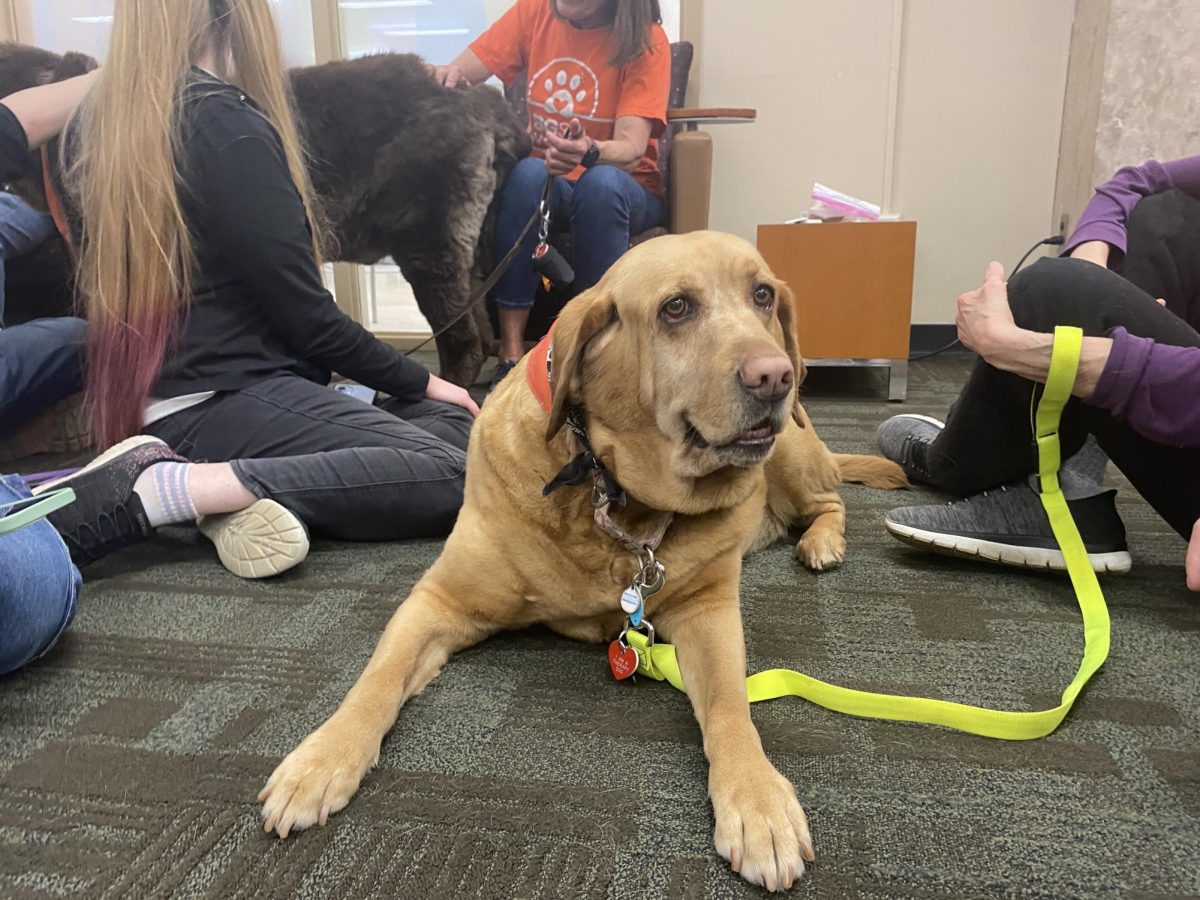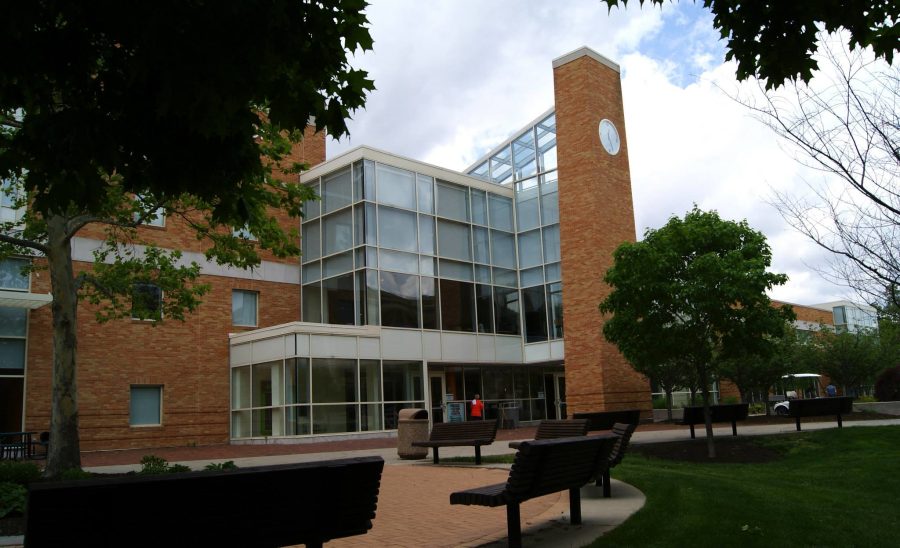Grace Holladay | Reporter
As the weather continues to get chillier, people will turn to staying indoors for the majority of their waking hours. The desire to escape into a heated building or enclosed space leads to frequent close contact with very little social distancing resulting in the phenomena we call, “flu season.” Flu season typically occurs from early autumn to late spring, between the months of October and May. Unfortunately, now with the COVID-19 present among us, a more accurate name for this time of year might very well be “Flu & COVID-19 Season.” Although both infections can be contracted all year long, viral transmission is far more common in environments where groups of people are clustered together for extended periods of time. But when you start to feel ill, the question then arises: “Do I have COVID-19 or the flu?”
Symptoms
Attempting to differentiate COVID-19 from influenza via presenting symptoms is not a reliable method. Both COVID-19 and influenza are respiratory infections caused by viruses and can initially present in very similar ways.
The following are common symptoms shared by COVID-19 and influenza, according to the CDC:
-
Fever and/or chills
-
Cough
-
Fatigue
-
Shortness of breath or difficulty breathing
-
Sore throat
-
Runny or stuffy nose
-
Headache
-
Vomiting
-
Diarrhea
One key difference to look out for is a distinct loss of taste or smell. While it is possible with both influenza and COVID-19, COVID-19’s losses will be more complete. Additionally, symptom onset time after infection also varies between the two illnesses. If you know your potential exposure date, it is a good idea to count how many days it is until your symptoms begin. According to the CDC, influenza symptoms will typically begin to present after 1-4 days whereas COVID-19 will present 2-5 days after, even ranging all the way up to 14 days.
Getting a Test
The best way to confirm whether you are suffering with COVID-19 or influenza is to take a COVID-19 test. BGSU currently offers free at-home COVID-19 tests for all students, faculty and staff at the Bowen-Thompson Student Union, Jerome Library, Student Recreation Center and the front desk of every residence hall (while supplies are available). According to CNBC, the federal government has recently suspended a program that allowed for United States households to order free COVID-19 tests to their home addresses. However, certain insurance plans may provide their plan members with tests when necessary or reimburse members via proof of purchase submitted online. For those uninsured, community health centers and certain health clinics and pharmacies may provide free tests for community members.
Please refer to the Wood County Health Department Testing and Treatment webpage to see lists of on-site testing locations and free at-home test pick-up locations.
A COVID-19 Virion











